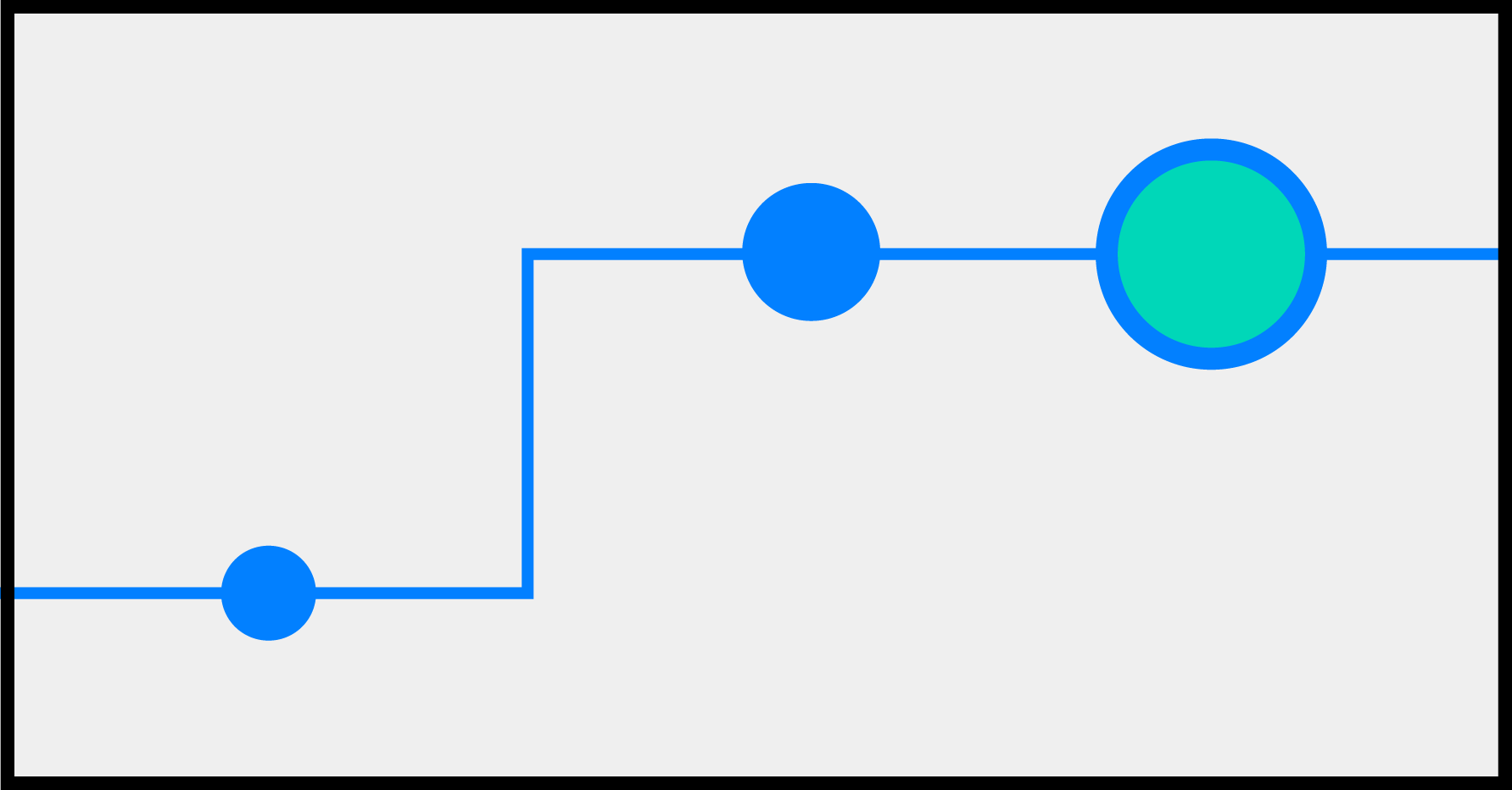Managing the sales pipeline is perhaps the most critical task for sales reps and their managers. But in order to manage the pipeline effectively, it’s critical for revenue teams to understand and define the different sales pipeline stages that each opportunity may experience.
Read on to learn about the different sale pipeline stages and how each ultimately contributes to the overall success of the revenue team—and more closed deals.
What is a Sales Pipeline?
First things first: Let’s define the sales pipeline. Your sales pipeline is a summary of all the opportunities your reps are juggling at any given time. These include opportunities in every stage, from initial contact to new customer.
Why is the sales pipeline important? A healthy sales pipeline ensures that you’ll have a steady stream of revenue flowing in, which promotes predictability and facilitates important business decisions regarding resourcing, investments, and growth.
The Right Sales Pipeline Stages for Your Business
The number and definition of stages in your sales pipeline will vary depending on your industry and your sales cycle. That said, there are generally six basic stages:
Initial Meeting
Congrats! Your outreach worked. You have a prospect you’d like to meet with to see if they are a good opportunity for your company. When meeting with a prospective client, reps should first ask themselves: Is there a specific need or pain point that this client has that our product or service can solve? It’s crucial at this stage for the rep to learn everything they can about the prospect’s industry, business, and goals. Remember: at this stage, chances are they don’t have a good reason to trust you or your business. It’s important that you focus on their needs and show that you are very knowledgeable and an expert in your space.
Qualifying leads
Lead generation is the main function of any good marketing team, but you might also find new leads of your own through good old-fashioned prospecting. At this stage, sales reps need to determine whether the prospects they met with are a good fit for the business. Do they actually have a reason to buy and a need for your product or service? There are a few things sales reps need to consider at this stage. The lead has a good chance of becoming a customer if they have the budget for your solution, the power to make decisions, needs that your product addresses, and the right timeline.
Pitch
Now that you know your leads are qualified, and the opportunity has potential, it’s time to really sell it. This is the stage when you make the case for your product or service to your prospects. Why should they buy? It’s essential that reps address their prospects’ specific pain points here and show how your company addresses those pain points and adds value. Once you’ve clearly communicated the business add of your solution to key stakeholders and decision makers, it’s time to share relevant resources, follow up promptly, and put together a compelling proposal.
Negotiation
The potential customer is interested. You have both put all of your cards on the table. There are just a few final questions that need to be resolved. Why should they buy now? And what exactly should they buy? This is when the client and the rep enter negotiations to determine contract details, discussing everything from scope of work to pricing and possible expansion. This is also a chance to manage expectations to come to an agreement on a successful long-term partnership.
Close
This is the stage that you’ve been working toward—the close. At this point, all the details have been discussed and loose ends tied up, and, ideally, the contract is signed. If so, the deal is marked as closed-won. (If your potential client walks away at this point, the deal is marked as closed-lost. This presents an opportunity to review the deal and learn what went wrong so as to avoid this in the future.) Make signing the contract as simple as possible, using a digital solution that works with your CRM to remove friction from this stage of the sales process.
Customer nurture
This is the follow-up stage. You can’t just abandon your clients as soon as they sign on the dotted line. Effective onboarding and customer service in the first few weeks and months after a deal is inked are critical to ensuring a happy lifelong customer. Your customer success team can monitor the progress of your account and attend to any bumps in the road or quickly address any questions or needs.
The Benefits of Defining Your Pipeline Stages
Clearly defined workflows and good sales pipeline management are key to closing more (and better) deals. By defining different stages, you effectively create a checklist for your reps to determine how well deals are moving along, highlighting ones that are progressing well and quickly identifying those at risk of slipping. This allows the revenue team, as a whole, to gain valuable insights, replicate smooth sales cycles, and address any issues.
It’s no surprise that companies that effectively manage their sales pipelines see a 15% higher growth rate, according to Harvard Business Review.
Read more:


